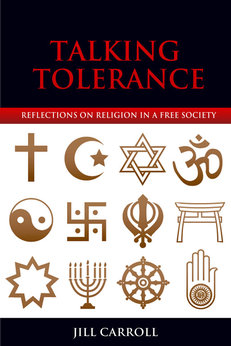Atman & Brahman
The phrase "atman is Brahman" captures the Vedanta school's primary view about ultimate reality and our human relationship to it. The Vedanta school of Hindu thought is one of the largest and most dominant perspectives in Hindu philosophy.
What does "atman is Brahman" mean?
Let's break the phrase down into its two basic concepts.
First is "atman" - loosely translated, this means "soul" or "individual soul." Atman refers to the essence of each individual living thing - its soul or primary living energy. Each living thing - people, animals, plants - have an atman that forms each thing's eternal essence. The atman is not the body; the body is not eternal. The body houses the atman until the body dies. Atman is immortal and eternal.
Brahman is "world soul" or "cosmic soul." It is the eternal essence of the universe and the ultimate divine reality. It is the life source of all that has been, is and will be throughout the entire cosmos. It is not an individual being - it is more like the primal ground or reality of all being and existence.
So, the phrase "atman is Brahman" is saying, quite simply, that the individual soul is the world soul.
In other words, each individual soul - say, yours or mine - comes from and is made of the same reality as the world soul. There is no distinction between us, on the one hand, and the ultimate divine reality, on the other.
This is an amazing concept!
It basically means that in our deepest selves, we are divine. All living things are divine in their deepest selves. Now, that divine self may be hidden or covered over by hatred, envy, fear or other negative things. But, it is there nonetheless and it is our "true" and "eternal" selves.
Maybe you've heard people say hello, goodbye or greet people with the word "namaste" accompanied by clasped hands and a bow. What this greeting means is something like "the divine in me honors the divine in you." This statement makes sense because of the belief that "atman is Brahman" - all living things are ultimately divine.
This concept is at the heart of much of the non-violent tradition in Hinduism, and is has spread throughout the world into other systems of thought.
For example, Dr. Martin Luther King, Jr. studied the teachings of Gandhi, the famous Hindu leader, and learned this concept of atman is Brahman. Dr. King incorporated it into his own Christian theology and used it as a central idea in his theory of non-violent, passive resistance in the American civil rights movement.
Civil rights demonstrators were not to strike back at those who made fun of them or harassed them for their stand for equal rights under the law. Why? Because even the worst racists - even the members of the Ku Klux Klan - have an atman, and that atman is Brahman. Therefore, they are divine in their deepest selves and that must be respected despite the hatred they express.
Atman is Brahman for everyone - not just the nice people.
Imagine the strength it took to not lash out against those who spewed hatred!
Indeed, the concept of "atman is Brahman" has had a powerful impact in the world - even in communities that don't practice Hinduism.
Related Pages
Free Video Training for Teachers
Learn the best practices of bringing the world religions into your curriculum and how to deal with religious diversity in your classroom & school.
Click here to get the free training now!
World
Religions
Chart
Check out this handy chart that explains many of the world's religions. This is perfect for students, teachers and anyone who wants basic reference info at their fingertips.
Dr. Carroll's
Latest Book
Available from Amazon in both Kindle and paperback.

